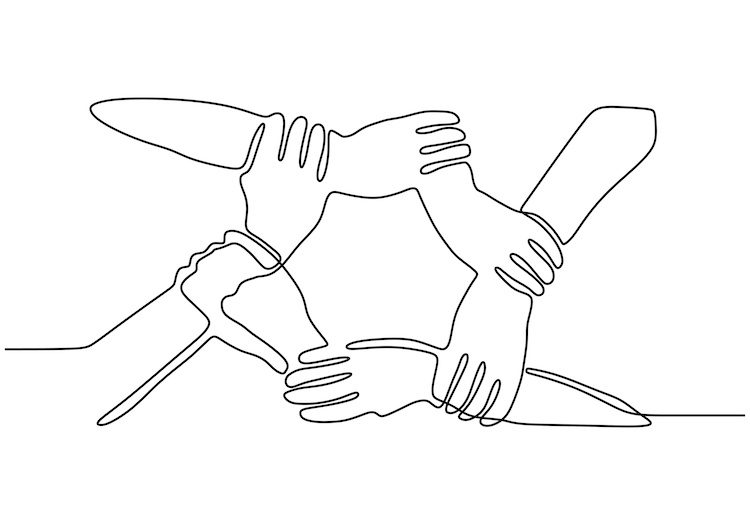Trust is the bedrock of high performance in an organization. Research tells us that trusting work environments are more productive, have higher engagement, make less errors and better collaborate, not to mention have higher levels of happiness among employees.
In my coaching, I often ask leaders to consider their experiences working in environments with low trust. Then, I ask them to consider the opposite. What does it feel like when you are in an organizational culture where trust is high, where people have your back and you can count on others? Our own experience confirms what research tells us. High-trusting relationships lead to stronger outcomes while low levels of trust promote loneliness, maladjustment (aggression) and an unwillingness to cooperate with others.
While it might be more about trustworthiness than trust, when individuals and leaders develop trusting relationships, we can move quickly in decision-making, take greater risks and feel better about our work environment. All of this impacts both quality and financial performance.
So, how can we lead with higher levels of trust?
Trust is built on four distinct elements, and it can be useful to consider each independently. When we say we do or do not “trust” someone, we often are referring to only one or two of the components of trust outlined below. Like a formula, you might trust someone’s competency, but not their word. You may trust your physician’s knowledge, but not their follow-through to schedule your procedure in a timely manner.
Knowing the various aspects of trust can help you determine where to focus your attention when seeking to enhance trust in your work environment.
No. 1: Competence
This aspect of trust is when we view someone as having the correct knowledge, skills, abilities and competency in a given context. This reflects their ability to meet your expectations and use sound judgement and problem-solving skills.
As an example, in leadership, we often promote people who do not necessarily have all the same expertise as the team they lead. Sometimes, those team members struggle with competency trust when this occurs, as they don’t understand that leadership skills are the key competency in the role as opposed to the functional abilities of the job.
Additionally, when we work on a high-performing team where everyone shows up and fulfills their responsibilities with high levels of knowledge and success, our competency trust is expanded.
No. 2: Integrity
This dimension of trust is when we view others as honest and principled. We see that they “do the right thing,” and we believe what they tell us. This is often the element we consider most when talking about trust. When someone directly lies to us, it is easy to see how trust breaks down, but we also need to remember that omission of truth and lack of transparency can have the same impact.
As another example, trust is enhanced when we seek to repair mistakes we have made with our colleagues. Leaders regularly make difficult decisions and must communicate hard truths. Being as transparent as possible and being honest when you can’t share certain information is critical.
No. 3: Consistency
We all know “that” leader. The one who is unpredictable in their behavior, doesn’t offer accurate information and fails to walk the talk. They leave you wondering what mood they will be in each day, whether or not they will follow through on a promise, or whether they are monitoring your every move to watch you fail.
When we lack consistency trust, people are always on edge with us and not sure what to expect. They will not be able to put their best foot forward because they are always waiting for the other shoe to drop. Being reliable requires that we balance our commitments so we don’t drop the ball, communicate effectively and manage our emotional response to others.
No. 4: Connection
Demonstrating positive intentions toward others, being compassionate and ensuring others believe you have their back is often the foundation of trust. When we know people want what’s best for us or when we feel a sense of loyalty among our team, we have the connection aspect of trust. Leaders who build a team of connections find that they can take risks, learn quickly and release any “baggage” that holds other teams back.
Many leaders still have the perspective that trust cannot be developed or that it can only occur naturally among compatible teams.
The truth is trust as a construct is highly definable. Our success is often a reflection of the trust that exists within the organization, and while it may be true that trust is hard to gain and easy to lose, it can be consciously developed by considering these four elements and strengthening them among our teams.












